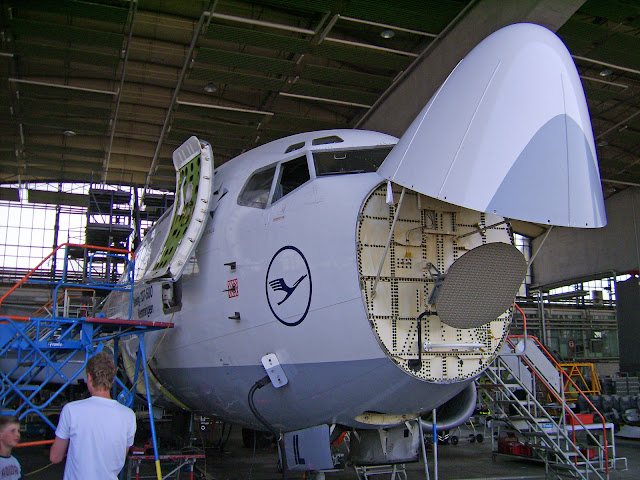aircraft
Airplane
Bad Weather
radar
weather sensor
Aircraft weather RADAR
Aircraft weather RADAR
Aircraft weather RADAR
A weather radar or a weather surveillance radar (WSR), is installed in aircraft in order to determine certain weather conditions in the atmosphere like, locating precipitation or calculating its motion and even estimate the weather situations like rain, snow, hail etc.Most of the weather radars installed in aircrafts today can determine the motion of water droplets and also the level of intensity of the rain.
A typical aircraft uses basically three kinds of aids to help determine the weather, which is usually referred to as weather radars. They are categorized into;
1. The on-board radar for detection and displaying the weather conditions.
2. Lightning detectors.
3. A weather radar receiving information from an outside source.
How Aircraft weather RADAR works?
A weather radar typically used radio waves in the SHF range. These radio waves are directed through a non-metallic nose cone in the forward direction by a directional antenna. A constant cycle runs throughout this process and uses a receiver to process a two-dimensional image which is displayed. This process is carried on and facilitated using a control panel.
To increase the versatility of the weather detection system of an aircraft, it is designed with the capability of distinguishing turbulence, wind shear and hail which are some of the major concern to the pilot. The movement patterns help to correlate the wind shear and turbulence while hail provides a return on the weather radar. It is not possible to detect and display dry air turbulence. This is also facilitated using a control panel.
Fact : An aircraft weather radar is also capable of detecting another aircraft in flight. The weather radars are capable of detecting wet hail, rain, and wet snow but not dry now or dry hail. Which proves its ability to detect moisture in the atmosphere and make conclusions accordingly.
PRECAUTIONS
There are additional precautions and care that is kept in mind while designing and constructing the weather radar system. For example, specially approved paint is used to cover the radome which covers the antenna so that there is no obstruction for the passage of radio signals.There are also some instructions that need to be followed to help the pilots retain their performance. As the eyes and testes are very vulnerable to physical harm by the high energy radiation emission. It is also advised to not look directly into the transmitting radar. These radio signals can lead to high interference and cause casualties which is why they are not operated when the aircraft are placed in hangars unless special arrangements are made like signal absorbers in the hangar. It's also preferred to not point these radar signals towards any building or so.
Identification of potentially dangerous weather is made possible using lightning detection. This lightning detection is achieved by studying the electromagnetic signals which are given out by the lightning itself. ADF antennas are most commonly used in lightning detectors.
Thanks for reading!
Suggested article: Endoscopy of the Aircraft!









